Cytisus: The Easytogrow Shrub That Will Bloom
Here are some additional tips for growing Cytisus:
- Prune Cytisus in late winter or early spring to encourage new growth and flowering.
- Protect Cytisus from frost in cold winter climates.
- Mulch around Cytisus to help retain moisture and suppress weeds.
For more information about cytisus, please visit Garden Wiki.
FAQ of cytisus
What is Cytisus?
Cytisus is a genus of flowering plants in the pea family Fabaceae. It includes around 150 species of shrubs and small trees, native to Europe, Asia, and North Africa. Cytisus plants are known for their yellow, pink, or white flowers, which bloom in spring or early summer. They are also known for their fragrant scent.
What are some common Cytisus species?
Some common Cytisus species include:
- Cytisus scoparius, also known as Scotch broom, is a tall, spreading shrub with yellow flowers.
- Cytisus x praecox, also known as yellow broom, is a hybrid of Cytisus scoparius and Cytisus nigricans. It is a smaller shrub with yellow flowers.
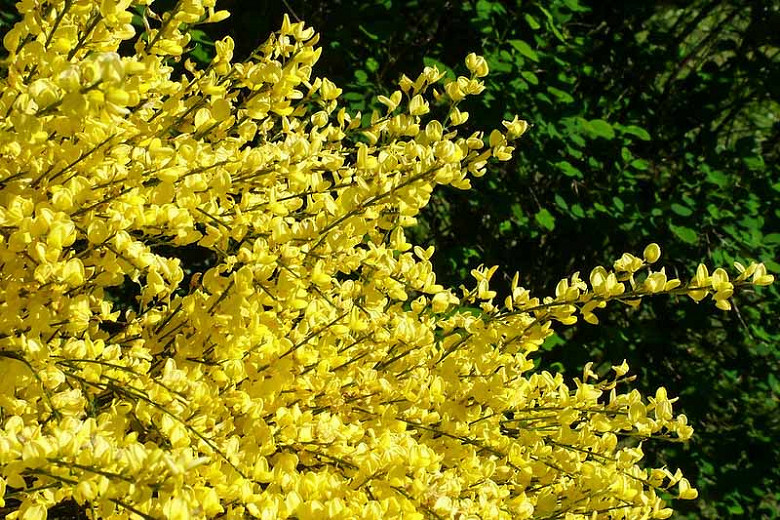
- Cytisus purpureus, also known as purple broom, is a shrub with purple flowers.

- Cytisus x beanii, also known as bean's broom, is a hybrid of Cytisus scoparius and Cytisus purgans. It is a tall, spreading shrub with yellow flowers.
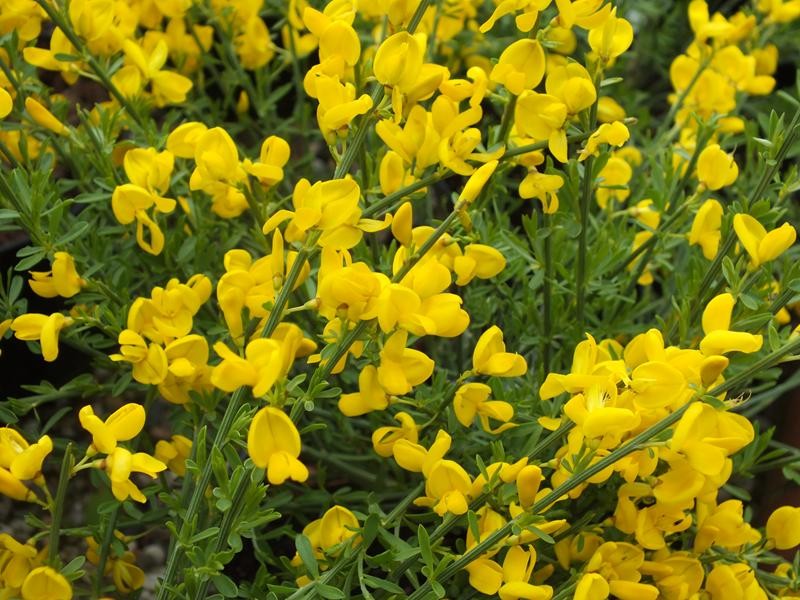
How to care for Cytisus?
Cytisus plants are relatively easy to care for. They prefer full sun and well-drained soil. They should be watered regularly, especially during the first year after planting. Cytisus plants are not very tolerant of cold weather, so they should be protected from frost in winter.
What are some common problems with Cytisus?
Some common problems with Cytisus include:
- Aphids: Aphids are small, sap-sucking insects that can damage Cytisus plants. They can be controlled with insecticidal soap or neem oil.
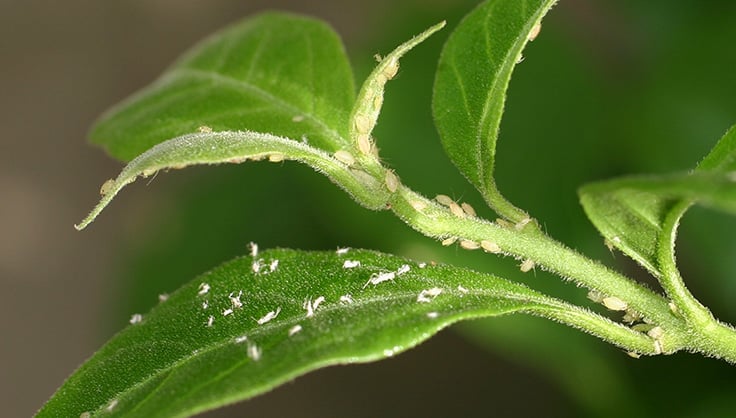
- Powdery mildew: Powdery mildew is a fungal disease that can cause white, powdery patches on Cytisus leaves. It can be controlled with a fungicide.
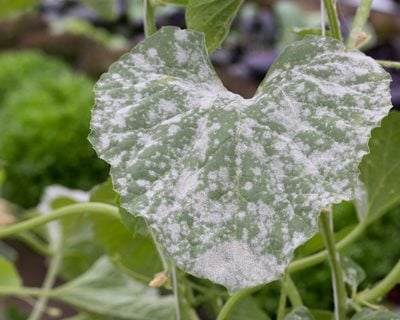
- Rust: Rust is a fungal disease that can cause orange or brown spots on Cytisus leaves. It can be controlled with a fungicide.

How to propagate Cytisus?
Cytisus plants can be propagated by seed, division, or cuttings.
- Seed propagation: Sow seeds in spring or fall in a well-drained seedbed. Keep the soil moist until the seeds germinate.
- Division: Divide Cytisus plants in spring or fall. Dig up the plant and carefully separate the roots. Replant the divisions in well-drained soil.
- Cuttings: Take cuttings from Cytisus plants in spring or summer. The cuttings should be 4-6 inches long and have at least two nodes. Dip the cuttings in rooting hormone and plant them in a well-drained potting mix. Keep the cuttings moist until they root.
Image of cytisus
- Cytisus scoparius (Scotch broom)

- Cytisus x praecox 'Allgold'

- Cytisus x boskoopii 'Boskoop Ruby'
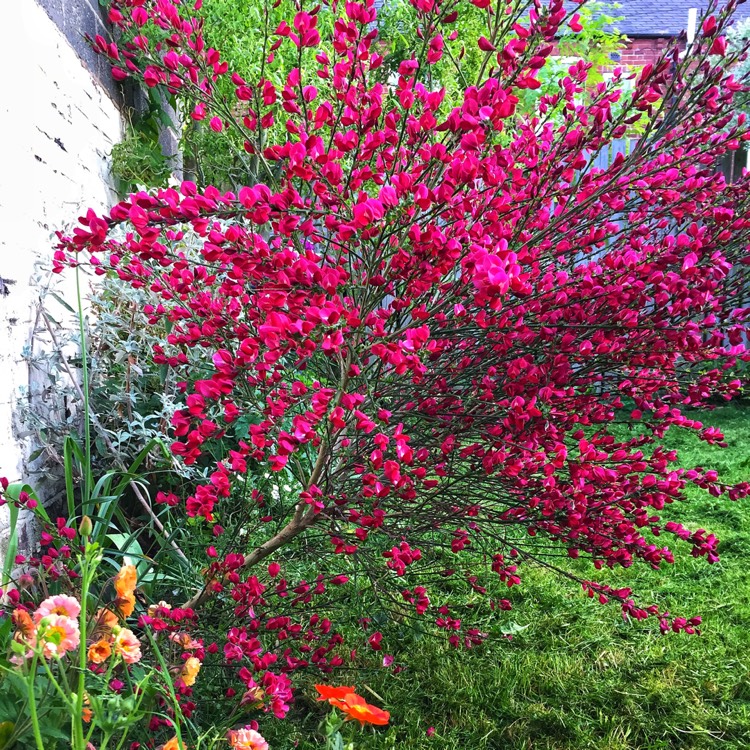
- Cytisus hirsutus (Hairy broom)
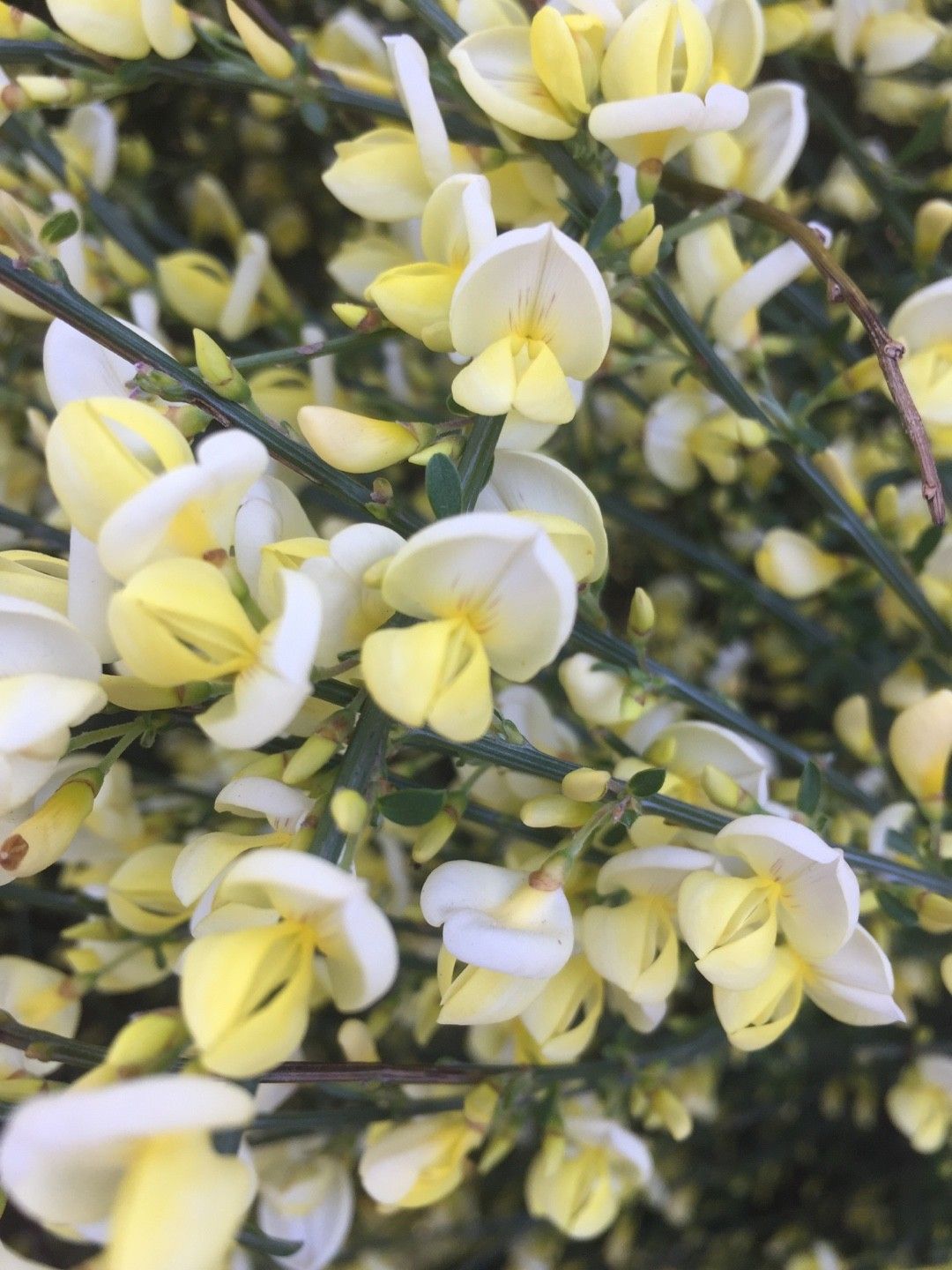
- Cytisus nigricans (Black broom)

- Cytisus purgans (Spanish broom)
- Cytisus striatus (Striped broom)

- Cytisus x kewensis (Kew broom)

- Cytisus battandieri (Madeira broom)
- Cytisus multiflorus (Many-flowered broom)
/assets/plant_cytisus_multiflorus_1_27.jpg)
Post a Comment for "Cytisus: The Easytogrow Shrub That Will Bloom"